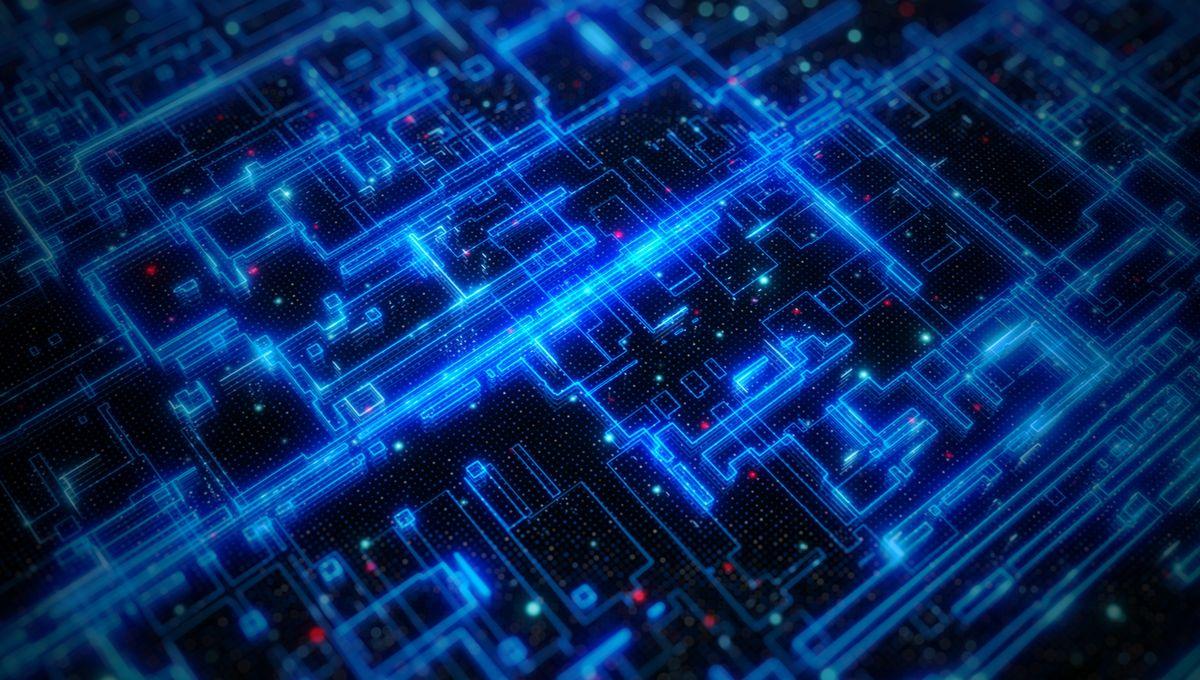-
Ροή Δημοσιεύσεων
- ΑΝΑΚΆΛΥΨΕ
-
Σελίδες
-
Blogs
-
Forum
Macroscopic Quantum Mechanics Discoverers Win Nobel Prize in Physics

Macroscopic Quantum Mechanics Discoverers Win Nobel Prize in Physics
The winners of the 2025 Nobel Prize in Physics are John Clarke, Michel Devoret, and John Martinis, for the discovery of "Macroscopic quantum mechanical tunneling and energy quantization in an electric circuit.” The prize is worth 11 million Swedish kronor (around $1,170,000 USD at the time of publishing), which will be shared equally between the winners.
The rest of this article is behind a paywall. Please sign in or subscribe to access the full content. The winning work focused on the concept of quantum tunneling: the idea that it is possible for quantum particles to pass through a classically impenetrable barrier. Take, for example, a wall in your room, you could throw a ball at it and it would bounce back. You can create walls in the microscopic world to keep particles inside. But there is a chance that particles escape through the effect of quantum tunnelling. Quantum mechanics underpins our reality, but at our size, its effects are no longer visible due to them averaging out, creating the world that we experience. Still, it is possible to have some quantum mechanical effects at the macroscopic level, demonstrated by the prize-winning work of the three laureates. In 1984 and 1985, they performed experiments on a superconducting electric circuit. A superconductor is a material that can transmit electricity with no electrical resistance. Their research had a superconducting circuit where its components were separated by a thin layer of non-conducting material. This setup is known as a Josephson junction. This whole electrical system acted like a single macroscopic particle. The current flows in without any voltage – something that seems absurd, knowing how electricity usually works – and the experiment showed that the system can escape the zero-voltage state only through quantum tunneling. They also showed that the system absorbs and emits only a specific amount of energy. It is, for all intents and purposes, quantized. “It is wonderful to be able to celebrate the way that century-old quantum mechanics continually offers new surprises. It is also enormously useful, as quantum mechanics is the foundation of all digital technology,” Olle Eriksson, Chair of the Nobel Committee for Physics, said in a statement. The three scientists' breakthrough 40 years ago is now a crucial step in emerging quantum technologies, from quantum computers to quantum sensors. It's fitting to win now, as 2025 is the International Year of Quantum Science and Technology.What is quantum tunneling?


